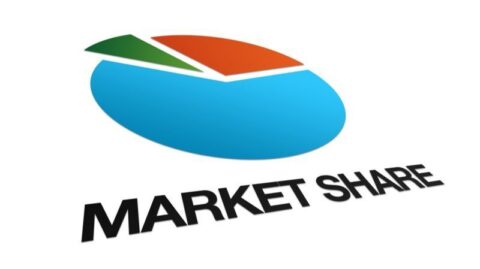It’s been a demanding stretch for Swiss independent wealth managers.
Markets are restless, headlines are loud, and tariffs are again taking centre stage. In a world where so many products are technically made in China but effectively made for America, the real question is: who actually pays the price?
The iPhone: A Case Study in “Made for America”
Take something familiar—an iPhone.
- Assembled in China
- Designed in California
- Powered by American software
- Built with components from across the world
- Sold to American consumers
- Profits funnelled back to Silicon Valley
So, is it a Chinese product?
Or, more accurately, Made in China, made for America?
Tariffs: Pressure Tools That Miss the Target
Tariffs aim to apply pressure on foreign powers.
But in practice, they often hit closer to home:
- US consumers, who pay higher prices
- US brands, caught in the geopolitical crossfire
- Small businesses, unable to absorb supply shocks
- Innovation, dampened by rising production costs
Estimates suggest 30–50% of Chinese exports to the US follow this model—products envisioned in the West, using Western intellectual property, manufactured in China, and tailored for Western markets—in other words, made for America.
The Irony of High Tariffs
Here’s the twist:
Instead of slowing China down, higher tariffs may be pushing it forward.
In response, China has been investing in its own capabilities—building out its AI sector, scaling chip production, and pouring resources into strategic independence.
Ironically, tariffs meant to constrain are accelerating the progress they aimed to slow.
“Made for America” is About More Than Geography
In a globalised world, we don’t define value solely by origin—we shape it through purpose, design, and impact.
- Who designed it
- Who profits from it
- Who depends on it
So yes—many things are made in China.
However, for Western markets, they are often made for America.
A Smarter Way Forward
Why not approach policy-making like independent wealth managers assess every new client—by running a thorough plausibility check first?
💡 Maybe even ask ChatGPT:
Write a blog article about how many products made in China are actually made for the American market. Use the iPhone as an example. Include points on tariffs, global supply chains, and unintended consequences of trade policy.
👉 Because this is precisely the kind of answer it would give.
Source: LinkedIn







